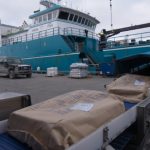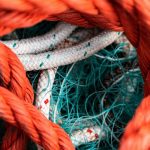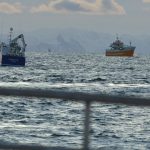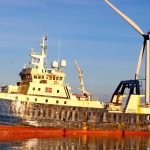Stocks of some species of fish in the world’s oceans are going down drastically. This raised concern among the authorities in Brussels that Europe’s aquaculture sector has stagnated. It is found that most of the seafood consumed within the EU is imported, but the Commissioner for Maritime Affairs and Fisheries, Joe Borg, believes that can be reduced with the right strategy to encourage the industry to grow. According to EC among the key measures likely to be announced are plans to encourage more investment in the sector, by making it easier to open a fish farm. The commissioner also believes that the EU should offer more support for research and development. Borg noted down that strengthening aquaculture production within the European Union might have a consequential effect of reducing pressure on fish. It is fact that Europe’s farmed fish producers are facing increasingly tougher competition from Asia and Latin America. BIM, Ireland’s state run body for fisheries, says the huge growth in imports of mussels from Chile and pangasius, a species of catfish, from Vietnam, shows how much pressure producers are under. It is told that the industry is not just focused on farming species, such as salmon, eel or trout. Production of shellfish, such as clams and oysters, also needs support. For the European Union, aquaculture is a sector that provides jobs for 65,000 people. It is said that the decision-makers in Brussels reached the conclusions that the industry needed help to develop and they set out a new strategy for aquaculture. The Habitat Directive was aimed at protecting certain rare species of wildlife in coastal areas and rivers. The subsequent regulations introduced across the EU to abide by the directive required anyone who wanted to set up a fish farm had to prove that it would not have a harmful impact on the local environment and the protected species.








